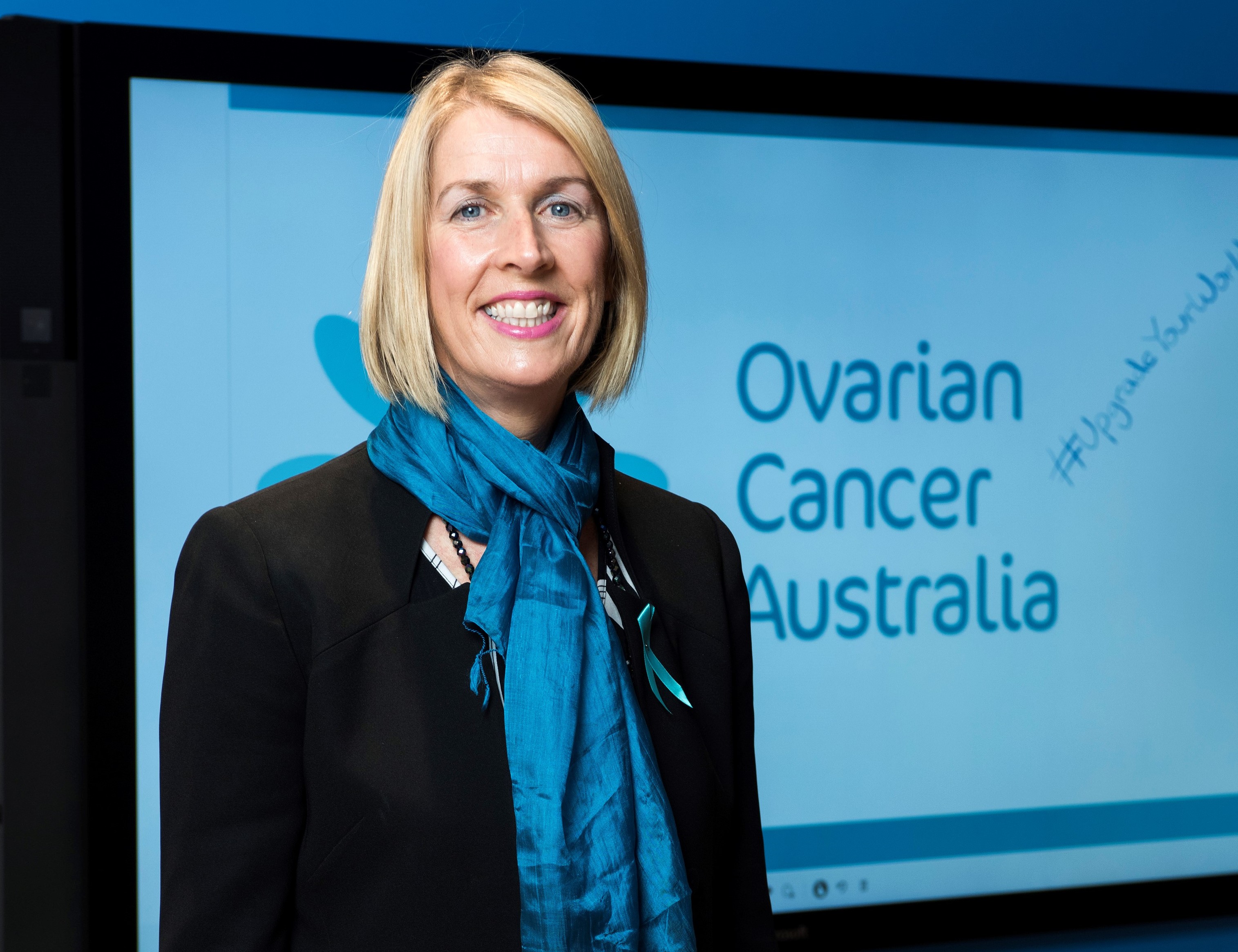
There is no doubt that ovarian cancer is one of the worst diseases afflicting women: it has the lowest survival rate of any women’s cancer, claiming the lives of 1000 of the 1500 diagnosed each year in Australia.
Furthermore, as CEO of Ovarian Cancer Australia, Jane Hill, told MedAdvisor, ovarian cancer receives less than 25 per cent of the funding of other less-deadly cancers.
“When you look at breast and prostate cancer, we think we are maybe 10 or 15 years behind,” Ms Hill says.
“Owing to the tremendous work that has been undertaken over the last 10 years, breast and prostate cancer have survival rates of more than 70 per cent.”
The survival rate is just 46 per for ovarian cancer, and yet the cancer is chronically underfunded. If diagnosed in its early stages, women have a 90 per cent chance of being alive and well after five years. Unfortunately, 75 per cent of women are diagnosed at an advanced stage, with the average time between a woman reporting symptoms and being accurately diagnosed sitting at around eight months.
Yet, there is hope on the horizon.
In 2019, a landmark $20 million investment into ovarian cancer research was made available through the federal government’s Medical Research Future Fund’s (MRFF) Emerging Priorities and Consumer Driven Research Initiative.
“It’s a great start, but it’s a drop in the ocean in terms of what is needed to make inroads,” Ms Hill says.
“We have to incentivise our young science researchers to make a career out of looking into all the riddles of ovarian cancer.”
February 26, marks Teal Ribbon Day, during which Ovarian Cancer Australia is hosting a “Giving Day”. It’s a day in which Australians are asked to support people impacted by ovarian cancer by making a donation that is matched by Ovarian Cancer Australia’s sponsors.
Donations and increased financial funding are vital for medical breakthroughs, Ms Hill notes.
“We don’t really understand the biology of the disease, and we’ve only just discovered that ovarian cancer is actually a diverse group of cancers with different molecular structures and different trajectories,” Ms Hill says.
“So it’s very hard to find an early detection test. We do hope that there will be one, but it’s like the holy grail.”
In the meantime, transformative research is being undertaken into the cancer’s resistance to treatment.
“We’re learning about why the ovarian cancer tumours can build up resistance to chemotherapy,” Ms Hill says.
The tumour, as scientists have discovered, can develop a pumping mechanism and this expels the chemotherapy from the cell.
“It’s amazing what we’re learning,” she says.
“There is also some promising work that suggests that some drugs used to treat other conditions may be repurposed (to treat) ovarian cancer.”
The dream goal is an early detection test, but Ms Hill is hopeful of reaching the stage when a late-stage ovarian cancer diagnosis does not spell a death sentence.
“Hopefully, eventually women can live longer and have a good quality of life while living with ovarian cancer,” she says.
According to an Australian Ovarian Cancer Study, the time between new discoveries is also now becoming shorter and the speed at which this is happening leaves the research community more confident that they are at a tipping point of a major breakthrough.
“I’m optimistic about the future, but only if we get significant investment,” Ms Hill says.
“Whilst it is a small cohort, we have some of the best researchers in the world in Australia, so there is hope.”
Ms Hill would also like to see GPs become more watchful for the cancer.
“A GP may only see a couple of cases of ovarian cancer in their career, and the symptoms are very generic and can be attributed to other conditions,” she says.
“What we really want is for GPs to have ovarian cancer in their minds when women demonstrate their symptoms.”
Women, too, have to resist the urge to dismiss symptoms and put themselves last.
“Women are mothers, we have family, partners, parents, and it is true that women put themselves last,” Ms Hill says.
“If women think something is not quite right, and if you have new and persistent symptoms, go to the GP.
“If the symptoms persist seek a second opinion. Also, if you have a family history of cancer, tell your doctor.”
As a reminder, here are the most common symptoms, according to Ovarian Cancer Australia:
For more information on making a donation on Teal Ribbon Day, visit https://ovariancancer.net.au/
MedAdvisor is committed to playing an important role in helping you to keep track of your medications. Our medication management platform is focused on addressing the gap and burden of medication adherence. To know more click here.
This story was written by Johanna Leggatt. Johanna is an Australian journalist with more than 15 years’ experience in both print and online. She has worked across a wide range of subject areas, including health, property, finance, interiors, and arts.
Suite 2 Level 7, 500 Bourke Street
Melbourne, Victoria 3000
Australia
Email us: support@medadvisor.com.au
MedAdvisor is an affiliate member of the World Pharmacy Council.
No Comments Yet
Let us know what you think